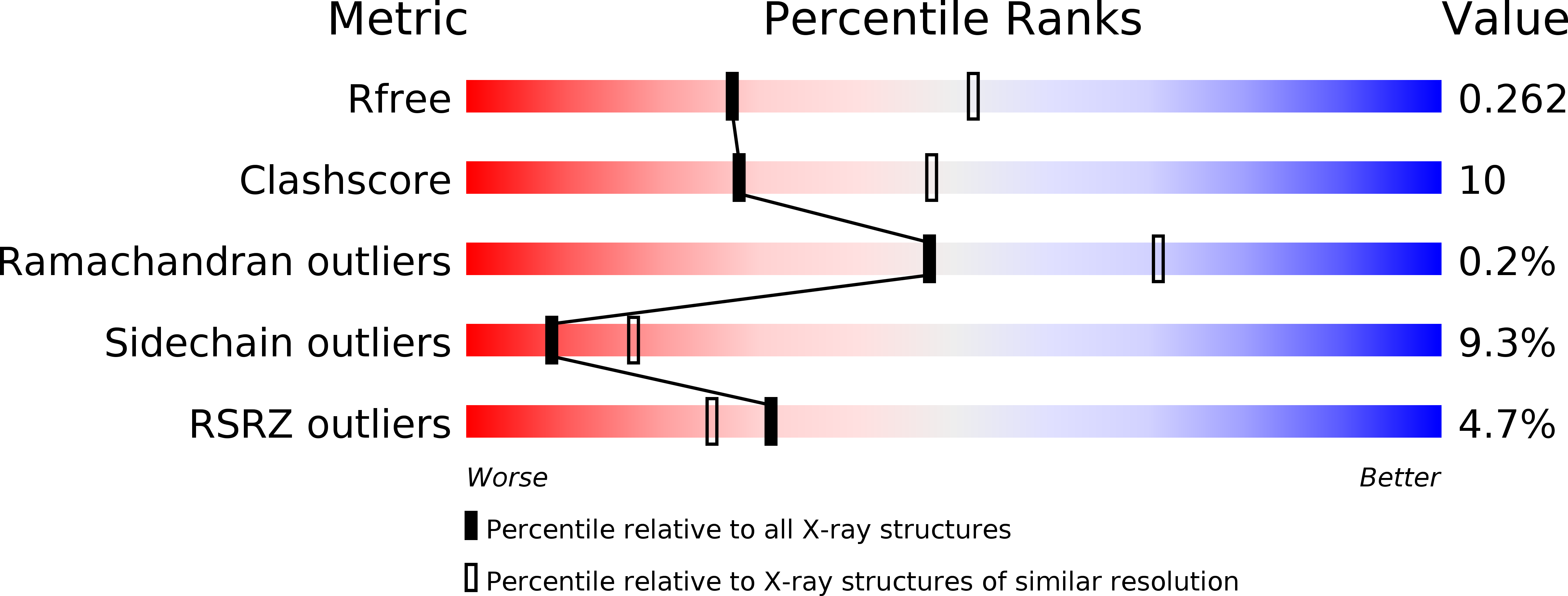
Deposition Date
2013-03-21
Release Date
2013-05-15
Last Version Date
2024-10-30
Entry Detail
PDB ID:
4JR9
Keywords:
Title:
Crystal structure of nitrate/nitrite exchanger NarK
Biological Source:
Source Organism:
Escherichia coli (Taxon ID: 83333)
Mus musculus (Taxon ID: 10090)
Mus musculus (Taxon ID: 10090)
Host Organism:
Method Details:
Experimental Method:
Resolution:
2.60 Å
R-Value Free:
0.26
R-Value Work:
0.22
R-Value Observed:
0.23
Space Group:
C 1 2 1


